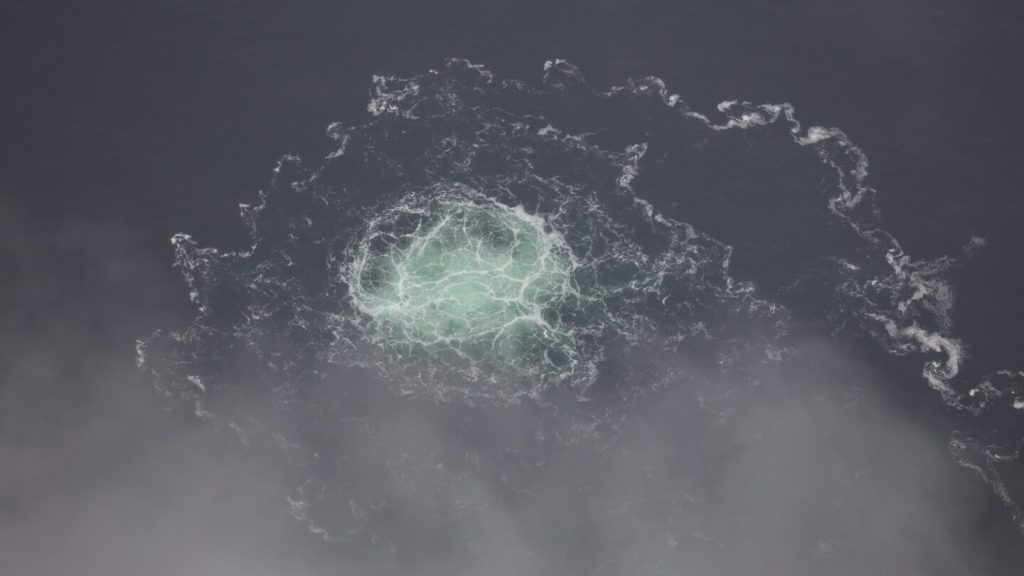A Chinese container ship is at the center of an investigation into the damage that occurred last year to a Baltic Sea gas pipeline connecting Finland and Estonia. The damage caused a major drop in pressure, leading to the shutdown of the pipeline by gas system operators in both countries. The pipeline, known as Balticconnector, runs across the Gulf of Finland between the Finnish town of Inkoo and the Estonian port of Paldiski. The investigation, led by the National Bureau of Investigation in Finland, has focused on the Hong Kong-flagged cargo vessel Newnew Polar Bear and its anchor as the potential cause of the damage.
Detective Supt. Risto Lohi, head of the investigation, stated that cooperation with Chinese authorities has been ongoing in the case, and the main line of investigation remains the Chinese cargo ship and its anchor as the likely culprits. However, Finnish investigators have not yet determined whether the damage was intentional or caused by incompetence. The Finnish maritime authorities were unable to establish radio contact with the captain of the Newnew Polar Bear at the time of the incident. The investigation found a trail on the seabed leading to the point of damage in the pipeline, believed to have been caused by the vessel’s anchor, which was later retrieved by the Finnish Navy.
Sauli Niinistö, former president of Finland, discussed the Balticconnector case with Chinese President Xi Jinping in January, but details of the conversation were not disclosed. The incident involving the Chinese vessel also caused damage to telecom cables connecting Finland and Estonia, as well as Sweden and Estonia. Janne Grönlund, senior vice president at Gasgrid Finland, confirmed that the Balticconnector pipeline was reopened for commercial operation in early Monday, with gas flowing between Finland and Estonia. The repair work on the pipeline, which involved more than a dozen organizations and companies, was completed in just over six months, a significantly shorter timeframe than usual for such repairs.
The cost of the repair work for the Balticconnector pipeline, which was performed at a depth of 60 meters with remote-controlled equipment, is estimated to be around 35 million euros. It remains uncertain who will bear the financial burden of the repairs, as discussions with the European Commission have been initiated to secure financing from the European Union. NATO has increased its patrols in the Baltic Sea following the damage to the gas pipeline and data cables, deploying minehunters, maritime patrol aircraft, and drones to secure the critical undersea infrastructure. Finland, a NATO member since 2023, has joined efforts to enhance security in the region and protect its vital energy infrastructure.
The reopening of the Balticconnector pipeline has been successful, with gas flowing in both directions between Finland and Estonia. Janne Grönlund expressed satisfaction with the progress of the relaunch and the seamless operation of the pipeline. The repairs were completed efficiently despite the challenges of repairing submarine infrastructure, with the total cost covered by a combination of funds from different sources. The investigation into the incident continues, with further technical studies and data analysis needed to reach final conclusions. The implications of the damage caused by the Chinese vessel have prompted increased security measures in the Baltic Sea, underscoring the importance of protecting critical infrastructure in the region.


